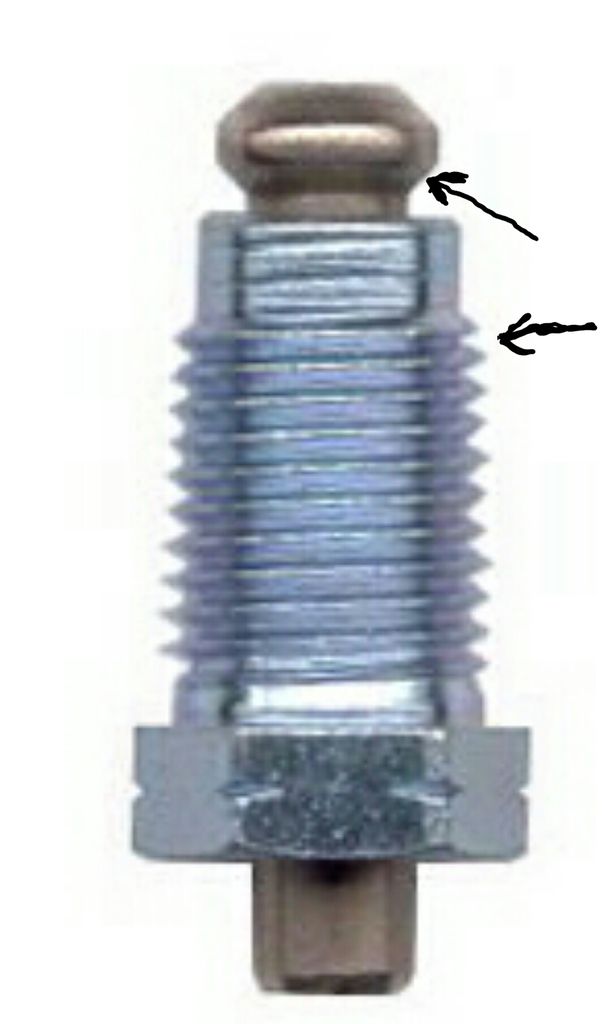Back to working on the dodge. Have a few new questions since new things are going wrong again setting me back further.
Vehicle 87 dodge caravan normal length 2.6L mitsubishi, 135k miles almost always garaged and surprisingly low rust for the body (but the underside of the bottom inches at common snow height sorta bad). Trying to do the rear brakes to start because they were seized/haven't even gotten to inspecting the fronts yet. Drums/all hardware removed.
#1 I have brake line where it seems to have rusted to the connector. I've already accepted i have to replace this brake line (it broke on the side to the brake cylinder) and am going to have to use a vise grip on the other unmoving end despite days of PB Blaster (it rounded off the nut despite using a flare nut wrench, [censored]! its like the metal went soft??) but am worried about damaging what it connects to in turn which is rubber brake lines. (maybe its opposite of normal? but the caravan uses rubber hoses down to the axle, then metal lines along the axle to the brake cyl on each side. I thought normal is opposite that like in the front it usually is.)
#2 When putting on a new brake line should I use thread seal, or antiseize compound, or neither? How much should I have to snug down the brake connectors? (I dont have a torque wrench handy and it needs a flare nut or open end anyway)
#3 If i'm inspecting the brake hose upstream from here what do I look for to indicate whether it's bad? Besides obvious big cracks or "you try to move it and it breaks" obviously...
Vehicle 87 dodge caravan normal length 2.6L mitsubishi, 135k miles almost always garaged and surprisingly low rust for the body (but the underside of the bottom inches at common snow height sorta bad). Trying to do the rear brakes to start because they were seized/haven't even gotten to inspecting the fronts yet. Drums/all hardware removed.
#1 I have brake line where it seems to have rusted to the connector. I've already accepted i have to replace this brake line (it broke on the side to the brake cylinder) and am going to have to use a vise grip on the other unmoving end despite days of PB Blaster (it rounded off the nut despite using a flare nut wrench, [censored]! its like the metal went soft??) but am worried about damaging what it connects to in turn which is rubber brake lines. (maybe its opposite of normal? but the caravan uses rubber hoses down to the axle, then metal lines along the axle to the brake cyl on each side. I thought normal is opposite that like in the front it usually is.)
#2 When putting on a new brake line should I use thread seal, or antiseize compound, or neither? How much should I have to snug down the brake connectors? (I dont have a torque wrench handy and it needs a flare nut or open end anyway)
#3 If i'm inspecting the brake hose upstream from here what do I look for to indicate whether it's bad? Besides obvious big cracks or "you try to move it and it breaks" obviously...








